Avoiding Raw Food in Cats

Feeding raw food to cats is potentially dangerous to both your cat and to you, according to the Centers for Disease Control and Prevention (CDC), the Center for Veterinary Medicine (CVM), and the US Food and Drug Administration (FDA. With nearly 25% of the raw food samples testing positive for harmful bacteria, the health risks for cats who eat the raw food, as well as for the cat owners who handle the food while preparing it, are real. It is reasonable to conclude that a commercially prepared, conventional, complete and life-stage balanced ration is a better choice.
Atovaquone

Atovaquone is given by mouth and is used off-label to treat protozoal infections. Give as directed. Side effects are uncommon but may include stomach upset or skin rash. Do not use in pets that are pregnant. If a negative reaction occurs, contact your veterinarian as soon as possible.
Aspergillosis in Cats
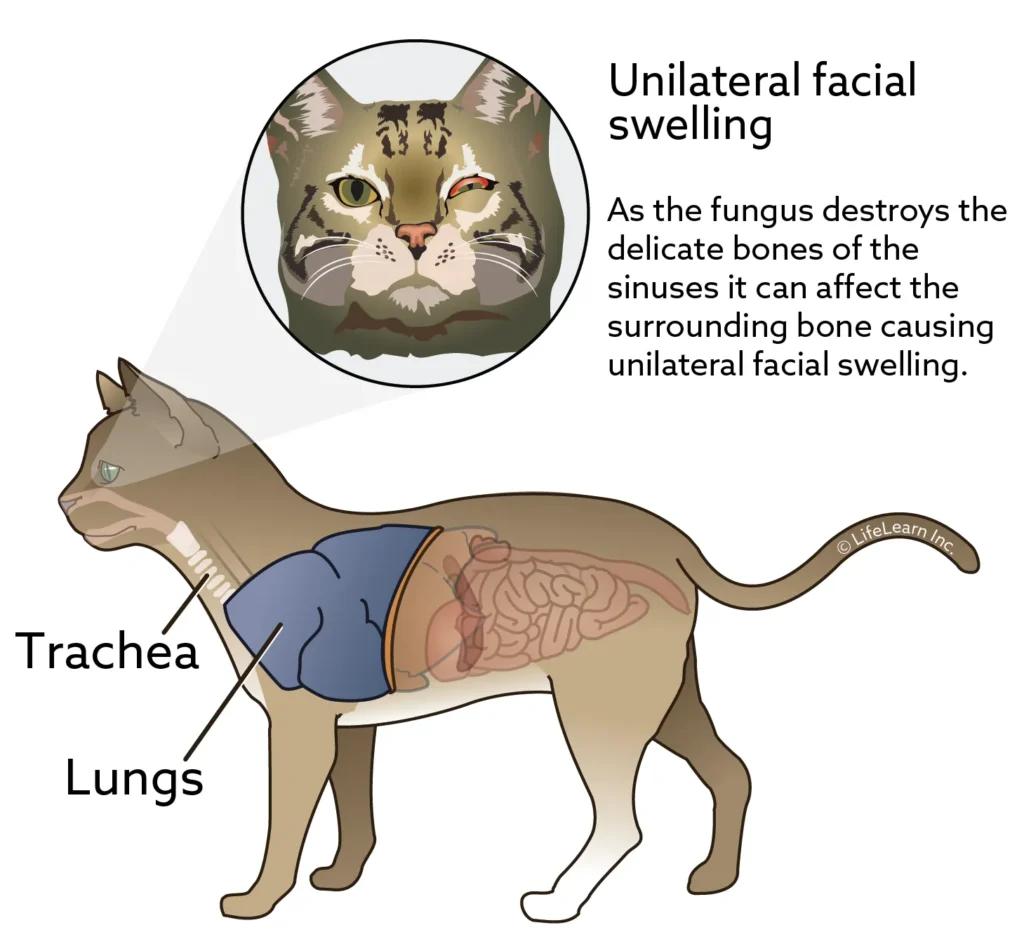
This handout discusses aspergillosis in cats, an infection, growth, or allergic response caused by the Aspergillus fungus. If your cat becomes infected, it can be confined to the nasal passages (nasal aspergillosis), or it can spread throughout the body (systemic aspergillosis). The clinical signs, diagnosis, treatment, and prognosis of both conditions are outlined.
Are Booster Vaccines Necessary for Cats?

Primary vaccination is essential to prevent the return of once common deadly infectious diseases in kittens and cats. Recent research indicates that not all vaccines require yearly boosters. However, there is no evidence that annual booster vaccination is anything but beneficial to most cats. Published research has conclusively shown that abstaining from some boosters can put your cat at risk.
Antibiotic-Resistant Bacterial Infections in Cats
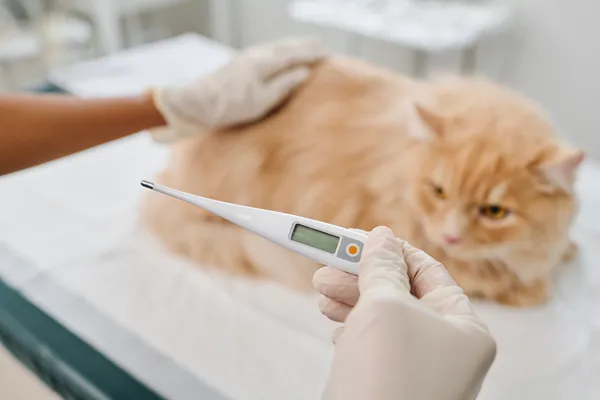
Antibiotic-resistant bacterial infections are bacterial infections that are minimally or no longer responsive to commonly used antibiotics. Although these bacterial infections occur naturally, the frequent and/or inappropriate use of antibiotics accelerates the process. Cats with certain medical conditions may also be predisposed.
Cannabis (Marijuana) Intoxication in Cats and Dogs
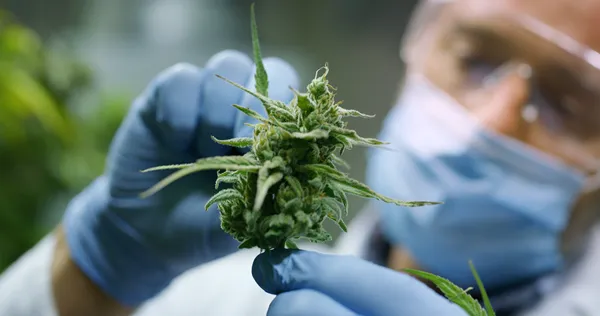
Cats and dogs can become intoxicated by cannabis in various ways, most commonly by eating edibles (e.g., baked goods, candies, chocolate bars, and chips containing cannabis), or by ingesting cannabis directly (in any form). Pets can also be exposed to second-hand smoke. A small amount may affect one pet more than another, so there is no official safe level of exposure. Many of the signs of intoxication are neurological, including disorientation, dilated pupils, and hyperactivity. In severe cases, tremors, seizures, and coma can result. Regardless of the method of exposure, accurate and complete information from the owner is imperative to treat the patient successfully.
Burns in Cats
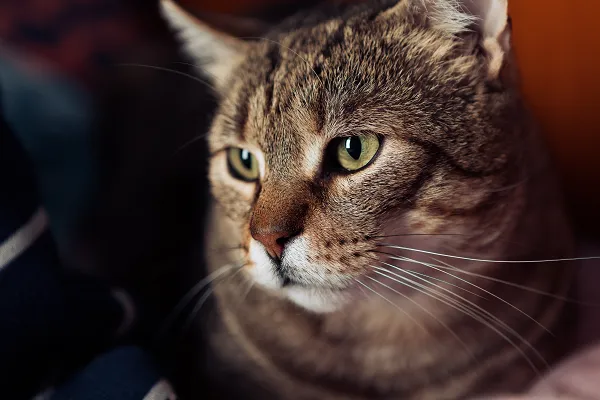
A burn is a type of skin injury, commonly caused by heat, fire, or chemicals. Burns are classified based on how many layers of skin are affected; this classification scheme can help predict prognosis. Treatment of burns varies, depending on the severity of the burn and how much of the body is affected. Superficial burns may heal without treatment, while more severe burns may require hospitalization and possible skin grafts.
Bromethalin Rodenticide Poisoning in Cats

Bromethalin is a common rodenticide. Cats are commonly poisoned when they find loose bait placed for rodent control. Relay toxicity, where poisoning occurs due to ingesting rodents that died from bromethalin, has been anecdotally reported in cats. Clinical signs can develop as soon as two hours after exposure and as long as 24-48 hours after exposure. There is no antidote for bromethalin, so prompt induction of vomiting by a veterinarian can be lifesaving. Prognosis is poor to grave if severe clinical signs develop such as seizures, paralysis, or coma. Patients with milder clinical signs may recover after several weeks but may have permanent neurologic damage.
Brain Injury in Cats
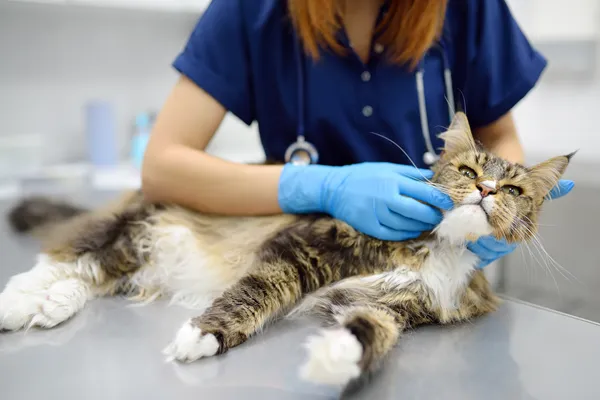
Brain injuries are devastating and, unfortunately, often fatal. The typical signs of brain injury in a cat include altered consciousness that may signal bleeding in the skull, decreased blood flow to the brain, or fluid causing swelling within the brain itself. There are many potential causes of brain injury and treatment will always be determined by the underlying problem that led to the injury.
Botulism in Cats
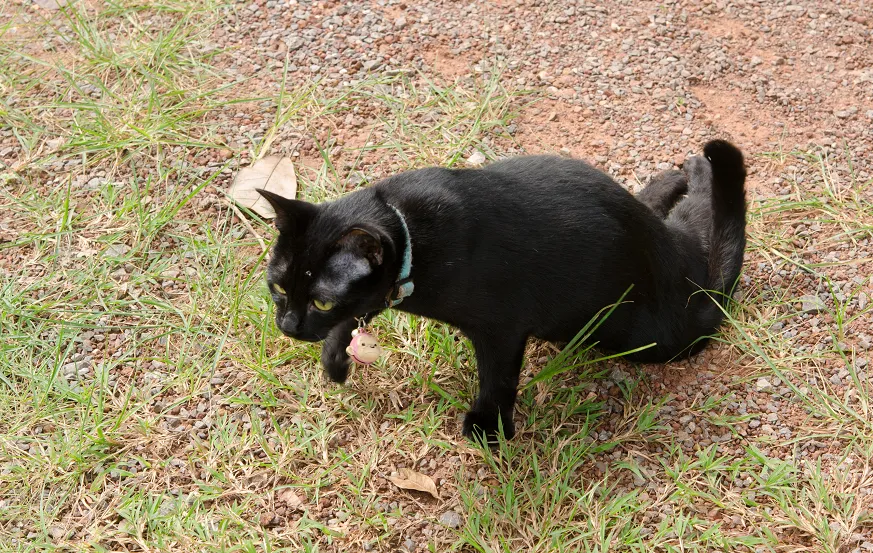
Cats are exposed to botulism by eating raw meat or dead animals containing botulinum toxin produced by Clostridium botulinum. Botulism causes ascending paralysis of the nervous system. Clinical signs are reviewed as well as diagnostic tests and treatment. Prognosis is guarded depending on the amount of toxin ingested and the degree of supportive care available. There is no vaccine.

